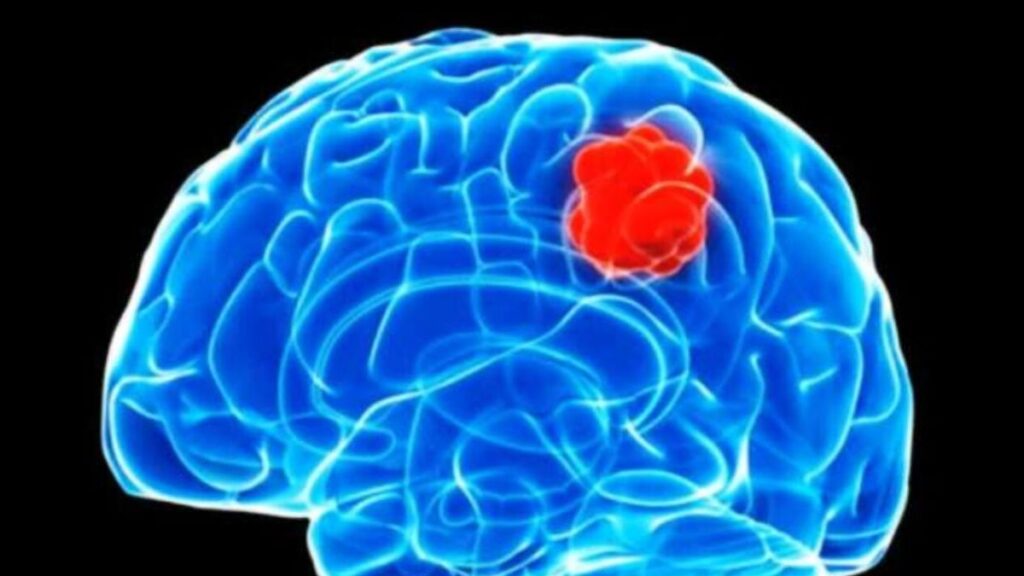Introduction
The human brain is an extraordinary organ that controls our thoughts, emotions, and bodily functions. Unfortunately, it is also susceptible to various health issues, including brain tumors. These abnormal growths within the brain can pose significant challenges to patients and healthcare providers alike. In this blog, we will embark on a journey to understand brain tumors, explore their types, delve into diagnosis methods, and finally, discover the treatment options available for those navigating this challenging terrain.
Understanding Brain Tumors
A brain tumor refers to any abnormal mass or growth of cells within the brain. These tumors can be either benign (non-cancerous) or malignant (cancerous). Benign tumors tend to grow slowly and usually do not invade surrounding brain tissue, making them easier to treat. Malignant tumors, on the other hand, grow more rapidly and have the potential to invade nearby brain tissue, making them more challenging to manage.
Types of Brain Tumors
Brain tumors are broadly categorized based on their origin into two groups: primary and secondary brain tumors.
- Primary Brain Tumors: These tumors originate within the brain and are further classified into various subtypes, including: a. Gliomas: Arising from the glial cells that provide support and protection to nerve cells. Gliomas include astrocytomas, oligodendrogliomas, and glioblastomas, the most aggressive form of gliomas. b. Meningiomas: Formed in the meninges, the protective membranes surrounding the brain and spinal cord. Meningiomas are often benign and slow-growing. c. Pituitary Adenomas: Developing in the pituitary gland, these tumors can lead to hormonal imbalances. d. Schwannomas: Originating from Schwann cells and often found on the nerves responsible for hearing and balance (vestibulocochlear nerve). e. Medulloblastomas: Typically found in the cerebellum and mainly affecting children. f. Pineal Region Tumors: Developing in or around the pineal gland, these tumors can disrupt the production of melatonin and cause sleep-related issues. g. Craniopharyngiomas: Rare tumors that develop near the pituitary gland and hypothalamus, affecting hormonal regulation.
- Secondary Brain Tumors (Metastatic Tumors): These tumors are not of brain origin but have spread to the brain from other parts of the body, such as the lungs, breasts, or skin. Metastatic brain tumors are more common than primary brain tumors.
Diagnosis of Brain Tumors
Prompt and accurate diagnosis of brain tumors is crucial for effective treatment. Several methods are used to diagnose brain tumors:
- Neurological Examination: A comprehensive evaluation of the patient’s neurological function to identify any abnormalities.
- Imaging Tests: Magnetic Resonance Imaging (MRI) and Computed Tomography (CT) scans provide detailed images of the brain, helping doctors visualize and locate the tumor.
- Biopsy: A sample of the tumor is extracted and examined under a microscope to determine its nature (benign or malignant) and type.
- Lumbar Puncture (Spinal Tap): This test involves collecting cerebrospinal fluid (CSF) to check for any abnormal cells or signs of tumor spread.
Treatment Options for Brain Tumors
The treatment approach for brain tumors depends on various factors, including the tumor type, size, location, and the patient’s overall health. The primary treatment options include:
- Surgery: Whenever possible, surgical removal of the tumor is the preferred option, especially for accessible and well-defined tumors. The aim is to remove as much of the tumor as safely possible to relieve pressure on the brain and reduce symptoms.
- Radiation Therapy: This involves using high-energy rays to target and destroy cancer cells. It is often employed after surgery or when complete removal of the tumor is not possible.
- Chemotherapy: Medications are used to kill or inhibit the growth of cancer cells. Chemotherapy is sometimes used in combination with radiation therapy.
- Targeted Therapy: This approach utilizes drugs that specifically target certain molecules or pathways involved in tumor growth, minimizing damage to healthy cells.
- Immunotherapy: Stimulating the body’s immune system to recognize and attack cancer cells.
- Stereotactic Radiosurgery: Despite the name, this procedure does not involve surgery. Instead, it delivers highly focused radiation to the tumor with precision, sparing surrounding healthy tissue.
Conclusion
Brain tumors present a complex and challenging terrain, both for patients and healthcare professionals. Understanding the different types of brain tumors, their diagnosis, and available treatment options is essential for navigating this journey. Early detection, accurate diagnosis, and personalized treatment plans can improve the prognosis and enhance the quality of life for individuals battling brain tumors. With ongoing advancements in medical research and technology, there is hope for more effective treatments and, ultimately, better outcomes for patients facing this formidable challenge.


